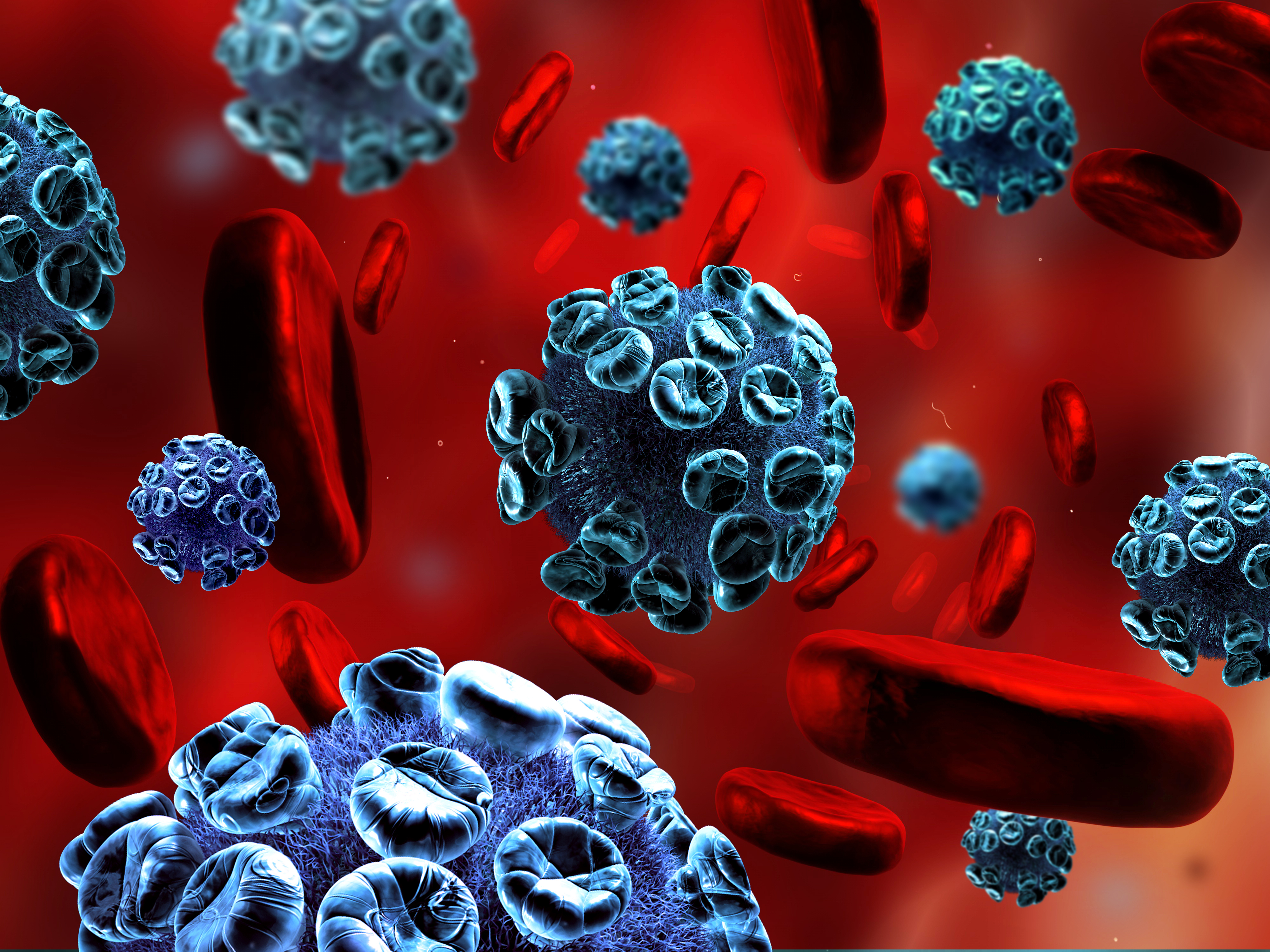1.1. What is HIV
HIV stands for human immunodeficiency virus. This virus causes a slowly progressive disease, HIV infection. The final stage of the disease is known as acquired immunodeficiency syndrome (AIDS).
1.2. History of discovery
Immunodeficiency virus exists broadly in nature — many species of animals are infected by it. The immunodeficiency virus (IDV) which was found in monkeys is very similar to the human immunodeficiency virus. HIV appears to have spread to humans from monkeys infected with ...
1.3. Description, structure and lifecycle of the virus
Human immunodeficiency virus (HIV) infects cells of the immune system containing CD4 receptors on their surface: T lymphocytes (t-helpers), monocytes, macrophages and some others. After penetrating into cells, the virus begins to reproduce, which further provokes the destruction ...
1.4. HIV types and characteristics
The HIV virus belongs to a subgroup of retroviruses known as lentiviruses, or "slow" viruses. This type of virus has no cellular structure, and it doesn’t synthesize protein. The HIV virus can only replicate inside cells of the immune system containing the CD4 receptors ...



